The Roots of Modern Archaeology
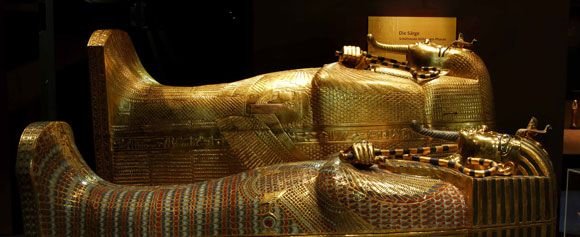
The Roots of Modern Archaeology

Archbishop James Ussher of Armagh
In 1650, Archbishop James Ussher of Armagh in Ireland calculated that the world had been created on the night preceding 23 October, 4004 BC. This meant that all of human history fitted into a space of 6000 years. Although seeming reasonable at the time , the calculation soon began to be questioned. Developments and new discoveries in the fields of geology and paleontology continued to challenge the biblical timescale. Various fossils of unfamiliar animals and plants were explained as having existed before Noah's flood. People who believed this became known as catastrophists" or "diluvianists" (from the Latin word diluvium meaning flood).
Catastrophists and Diluvianists
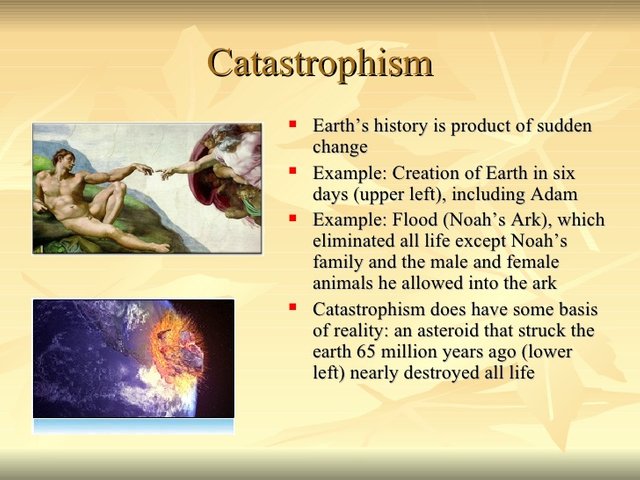
Catastrophists and diluvianists believed that the fossils of unfamiliar plants and animals were examples of life forms that existed before Noah's flood.
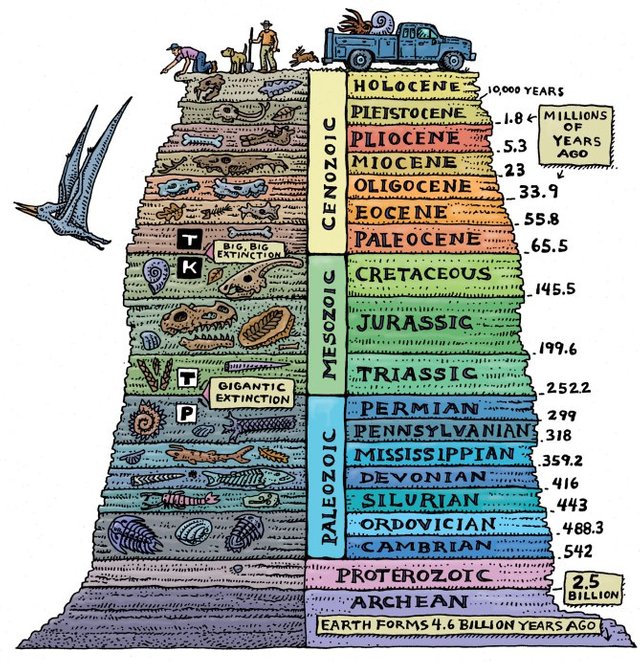
A steady increase in the discoveries of different species led to a refinement of ideas by catastrophists who now suggested that there may have been another flood before the creation of humans and that many species perished at that time .
The Antiquity of Humanity
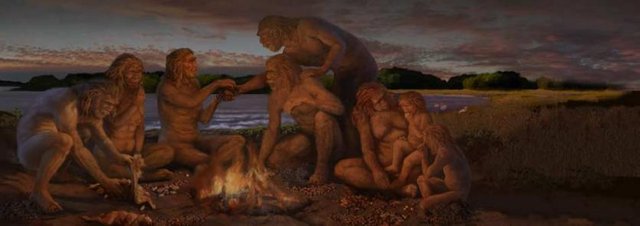
Image Source
When James Hutton published his theory in 1784, he not only challenged the idea based on the bible that the earth is a mere 6000 years old, but also formulated the basis for a theory which was to become known as uniformitarianism.
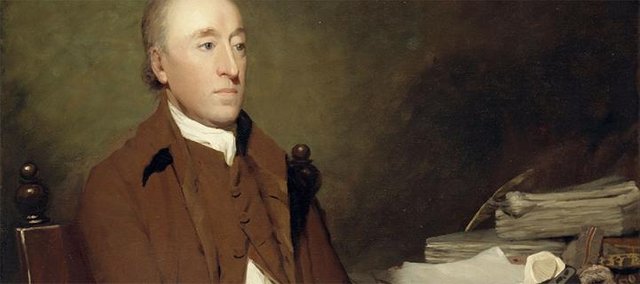
James Hutton
His theory along with those of contemporaries, such as geologist William Smith, and based on the existence of geological strata, held that ongoing natural processes had shaped the earth into its present form. By accepting that the earth was older than previously believed, one also accepted that people had existed for much longer than previously thought.
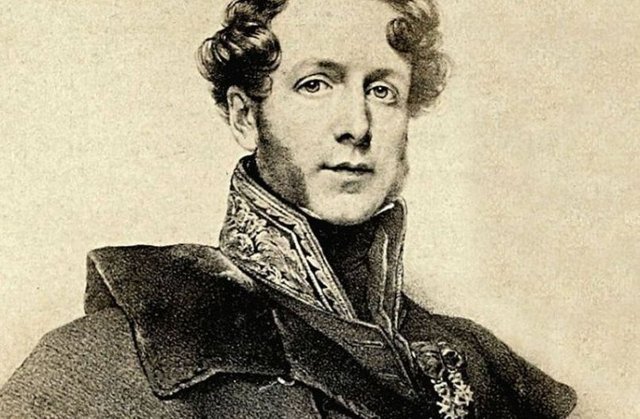
Jacques Boucher de Perthes
Two developments in the mid-1800s supported the antiquity of humanity. The first was the discovery of human artefacts in association with extinct animals. In 1859 Jacques Boucher de Perthes found flint tools associated with the bones of extinct animals in the graves of the Somme River in northern France.
Uniformitarianism
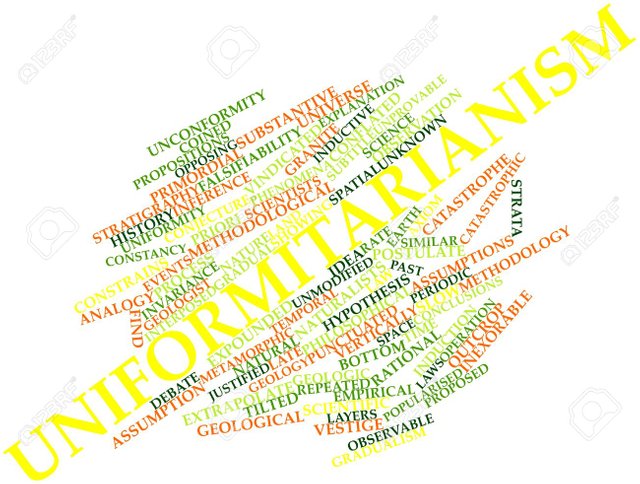
Uniformitarianism states that, based on current geological strata, ongoing natural processes had shaped the earth into its present form. This meant that the earth was much older than previously thought, and that humans had existed for much longer than what was thought at the time.

The second was Charles Darwin's theory of natural selection and evolution. During a time when different and animal and plant fossils During a time when different animals and plant fossils were constantly being discovered, the idea that living organisms gradually adapted to environmental changes was not a new one., but in his book "On The Origin of Species (1859), Darwin explained how evolution worked, that is through natural selection.

Charles Darwin
This means that individual members of the species with a slightly varying characteristics which are best suited to their environment survive, and that those characteristics which are best suited to their environment survive, and that those those characteristics continue and become enhanced in following generations.
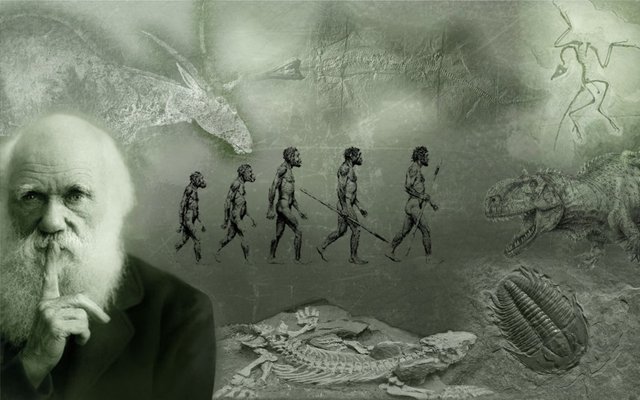
Natural Selection is a process that causes helpful traits (those that increase the chance of survival and reproduction) to become more common in a population and causes harmful traits to become more rare, genetic drift, an independent process that produces random changes in the frequency of traits in a population, and mutation, genetic variation that comes from random mutations that occur in the genomes of organisms.
Please Follow Me if you interested in Archaeology and History.
Please check out my other Posts:
Significant 18th and 19th Centuries Discoveries in Archaeology
Archaeology as a Profession- Part 2
Archaeology as a Profession- Part 1
To Become or Not Become an Archaeologist? - Introduction to Archaeology Part 2
Please Upvote and Resteem.
Thank You!
I love historical sciences and their capacity to make falsifiable predictions, or better yet, retrodictions.
Thanks! Big history fan here! I once read every book of W. and A. Durant...